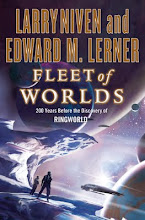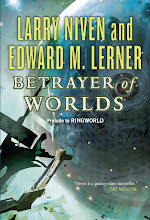| Obesity incidence, 2010 |
How dubious?
Critics have pointed out that Dr. Keys [leader of the influential early study; tireless advocate for the anti-fat crusade] violated several basic scientific norms in his study. For one, he didn't choose countries randomly but instead selected only those likely to prove his beliefs, including Yugoslavia, Finland and Italy. Excluded were France, land of the famously healthy omelet eater, as well as other countries where people consumed a lot of fat yet didn't suffer from high rates of heart disease, such as Switzerland, Sweden and West Germany. The study's star subjects—upon whom much of our current understanding of the Mediterranean diet is based—were peasants from Crete, islanders who tilled their fields well into old age and who appeared to eat very little meat or cheese.
Does it matter? Yes, because the calories you don't get from fat must come from something else. In recent years, that's tended to be carbs.
The problem is that carbohydrates break down into glucose, which causes the body to release insulin—a hormone that is fantastically efficient at storing fat. Meanwhile, fructose, the main sugar in fruit, causes the liver to generate triglycerides and other lipids in the blood that are altogether bad news. Excessive carbohydrates lead not only to obesity but also, over time, to Type 2 diabetes and, very likely, heart disease.

































